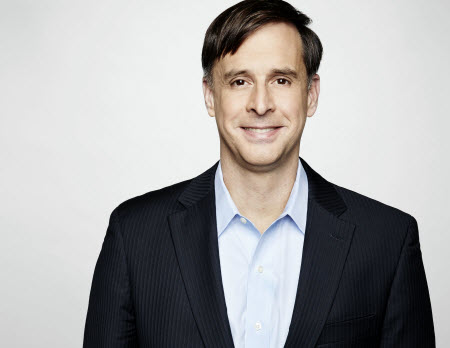Turner’s Unification Theory

Going all-Internet protocol is all the rage. Pay TV providers are doing it and over-the-top video services have already done it.
The same holds true for TV programmers looking to put all of their operations and other interworking components under an overarching umbrella of IP technology that will enable them to “virtualize” their infrastructure and develop and launch an array of new, more personalized services.
Turner is well along that path, having started its long, sometimes difficult journey about two years ago.
COMING TOGETHER
In addition to setting the stage for new types of services, migrating a legacy serial digital interface (SDI)-based infrastructure to one underpinned by IP will provide Turner with an operational link between two groups — broadcast and broadband — that have traditionally worked in relatively separate silos. The IP path extends a bridge to those two parts of the business.
“We made a decision as it related to the technology … to essentially look at our network organization function as a feed factory, and that feed factory can spit feeds out in IP , it can spit them out in SDI,” Jeremy Legg, Turner’s chief technology officer, said. “We’re largely indifferent to the format that those feeds actually go out in.”
In addition to providing an operational boost, going with an underlying IP infrastructure will enable Turner and other programmers to start to think differently about their traditional linear TV businesses that have historically been the venue of broadband and OTT.
Multichannel Newsletter
The smarter way to stay on top of the multichannel video marketplace. Sign up below.
“That gets [us] into things like personalized streams; it gets into things like personalized content and gets into the targeting of ads and promos and content, and assembling them in certain ways for certain audience segments,” Legg said.
With that as the basis, it’s conceivable that a programmer like Turner could turn one version of Cartoon Network, for example, into multiple versions targeted to different audiences based on shows specific viewers watch and with targeted, more-relevant ads.
“Ultimately, [this transition] leads you to having more versions of a network, not fewer,” Legg said.
But pulling that off using legacy broadcast infrastructure historically hasn’t been possible because it wasn’t IP -based. “You couldn’t write the software to do it,” he said, noting that Turner has begun to hook fiber cables into an IP router in its broadcast plant, and that new IP -based cameras will help to expand and unify the entire video production ecosystem.
IP REVOLUTION
Going with an IP infrastructure, he said, will enable Turner and others to develop software-based systems that can handle elements such as dynamic ad insertion, the multiplexing and personalization of networks that run on an IP -based master control and playout system. That in turn, will support the playout of personalized networks either on-premises or via the cloud.
“In many ways, I think, some of the biggest technology revolutions are actually happening in broadcast,” Legg said.
But this transition isn’t going to happen overnight. Though Turner has been at it for more than a year, there’s still at least a couple of years left to get the job done, Legg estimates.
Some big pieces of the IP puzzle have been completed, though.
Turner, for example, recently signed a deal with Amazon Web Services that moves its physical content into the public cloud, rather than storing everything on-premises. With those master files in the cloud, Turner can then determine, for example, which assets are ad-supported and contain Nielsen watermarks to satisfy a wide range of distribution and service requirements.
Last year, Turner, along with Fox Networks Group and Discovery Communications, made a strategic investment in SDVI, to help them build out media supply chains and ensure that their content is being formatted correctly. Also factoring in is Turner’s acquisition of iStreamPlanet, which plays a key role in how Turner’s content is packaged and encrypted for various streaming platforms.
Another important element was getting the organization to move in the same direction.
“Getting to a place where we had a common vision of where we wanted to go, was probably harder than the technology itself,” Legg said. “But once you get disparate groups all rowing the oars in the same direction, then you can start to move pretty fast.”
Though Turner is developing a hybrid system that relies on cloud and on-premises playout, the trend ultimately will lead to an all-cloud playout approach that could help to seed the move toward more personalized program streams.
LIVE COMES LATER
Some networks, such as Cartoon Network and TC M, don’t rely heavily on live programming or use constantly changing on-screen graphics, but instead lean on playlist-based programming schedules. That makes them possible initial candidates for cloud-based playout.
“We’ll initially look to migrate some networks out that are less complicated to play out,” Legg said. “We’re not in position to start playing CNN out of the cloud yet.”
But networks that are better suited for cloud-based playout could shift to audience-based targeting and tap into usage and viewing data that can help to “influence” the makeup of a personalized network playlist, Legg added.
